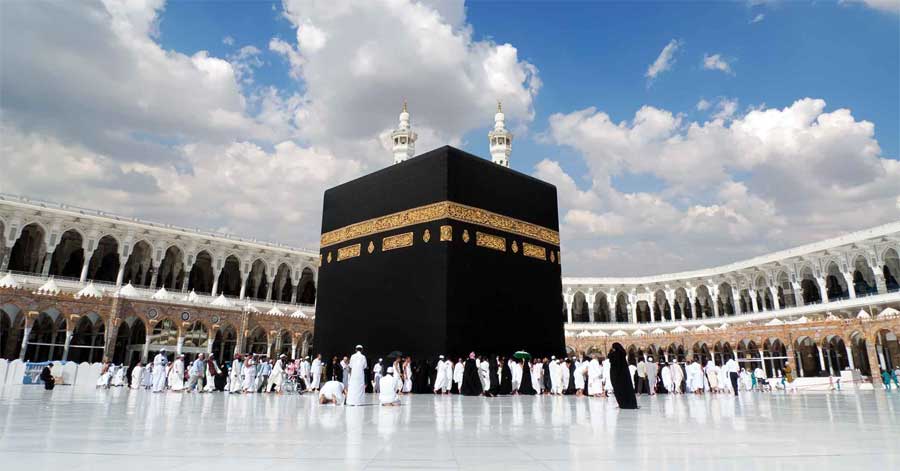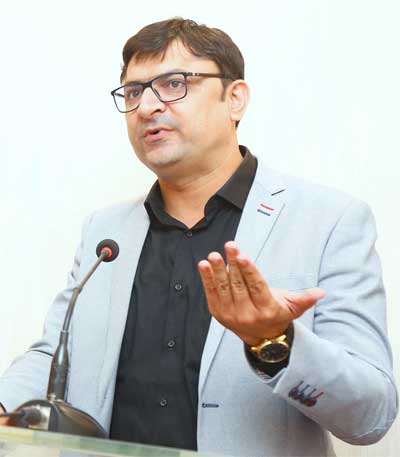Mufti Saad Abdul Razzaq
This Hajj is also known as Hajjatul Balagh, as Nabi S.A.W asked ‘Did I convey the message of Deen unto you?’ It is also known as Hajjatul Islam, as for the first time, everyone who performed Hajj were adherents of Islam and there was not one single disbeliever or idolater amongst the congregation. Lastly, another title of this Hajj is ‘Hajjatul Kamaal’ due to the proclamation of the completion and perfection of Deen through the verse:
This day I have perfected for you your religion and completed My favour upon you and have approved for you Islam as religion.
(Surah al-Maida, verse 3)
Thereafter, Nabi S.A.W allocated each tribe their dwellings for their stay in Mina. Thus, in the narration of Abu Dawud, Hadhrat Abdurrahman Ibn Mu’aadh al-Taymi R.A narrates:
Rasulullah S.A.W addressed us when we were at Mina. Our ears were open (we were attentive), and we were listening to what he was saying, while we were in our dwellings.
He began to teach them the rites of Hajj till he reached the injunction of throwing pebbles at the Jamaraat (pillars at Mina). He placed his forefingers in his ears and said: Throw small pebbles. He then commanded the Emigrants (Muhajireen) to station themselves. They stationed themselves before the mosque. He then commanded the Helpers (Ansar) to encamp. They encamped behind the mosque. Thereafter the people encamped.
(Sunan Abu Dawud , Hadith 1957, pg. 225)
Staying in Mina and the slaughter of Hajj
At Mina, Rasulullah S.A.W performed the sacrificial rites of Hajj, slaughtering sixty-three camels, as per the number of years of his blessed life, with his own hands, accompanied by Hadhrat Ali R.A who brought additional camels. Rasulullah S.A.W slaughtered the same 63 camels he brought along from Madinah Munawwarah and Hadhrat Ali R.A slaughtered the rest that he brought from Yemen, thus making it a 100 in total. As recorded in Tirmizi Shareef, Sayyiduna Jabir R.A narrates the following:
Rasulullah S.A.W performed Hajj three times. He performed Hajj twice before his emigration, and he performed one Hajj after he emigrated, and these were accompanied by Umrah. So, he drove sixty-three sacrificial animals (Budn) and Ali came from Yemen with the rest of them. (Sunan Tirmizi, Hadith 815. Pg. 153)
Various hadiths report the number of camels slaughtered by Rasulullah S.A.W, their condition, and whether anyone assisted him in the process. The reconciliation amongst all of these narrations is as follows; Rasulullah S.A.W personally slaughtered thirty camels without any assistance, while Hadhrat Ali R.A aided him in slaughtering thirty-three camels. Subsequently, Hadhrat Ali R.A took charge of slaughtering the remaining camels.
The scene during the slaughtering of these camels was undeniably captivating. Rather than scattering or resisting, the camels seemed drawn to Rasulullah S.A.W as if each one desired to be sacrificed by the blessed hands of our beloved Nabi S.A.W, an act of profound devotion to him. This remarkable observation is recorded in Abu Dawud Shareef by Hadhrat Abdullah bin Qurt R.A, who recounts:
Five or six sacrificial camels were brought to rasulullah S.A.W, and they began drawing nearer to him to be slaughtered first. (Abu Dawud, Hadith 1765. Pg. 206)
Sayyiduna Ali R.A narrates:
Rasulullah S.A.W instructed Ali R.A to be in charge of the sacrificial animals, and he instructed him to distribute all of his sacrifice; its meat, it’s hide and saddle blanket, and instructed that the butcher’s wages should not be paid from the sacrificial animals. (i.e. All of it should be given in charity and none should profit from it, and the Nabi of Allah S.A.W will dispense the butcher’s wages separately) (Sahih Bukhari, Hadith 1630, pg. 613)
Rasulullah S.A.W granted permission for the meat of the sacrificial animals to be consumed. Hence, Hadhrat Jabir R.A narrates:
We did not eat the flesh of our sacrificial animals beyond three days in Mina. Then Allah’s Messenger S.A.W permitted us saying: “Eat and make it a provision (for our journey).” Hence, we ate from it and brought it back with us (to Madinah Munawwarah). (Sahih Bukhari, Hadith 1632, Pg. 614)
In the narration of Muslim Shareef, Rasulullah S.A.W instructed Ali R.A to slaughter the remaining camels and ordered that a piece from every camel that had been slaughtered be brought and placed in a pot; then they ate from its meat and drank some of the broth. Furthermore, as per the narration of Abu Dawud narrated by Hadhrat Abu Hurairah R.A, Rasulullah S.A.W slaughtered a cow on behalf of his wives who performed Umrah.
(Abu Dawud, H 1751, p 205)
Rasulullah S.A.W slaughtered a cow on behalf of all his wives who had performed ‘Umrah (during the Farewell Hajj)
Hadhrat Jabir bin Abdullah R.A narrates that Rasulullah S.A.W slaughtered a cow separately for Ummul Mu’mineen Ayesha R.A. This narration is recorded in Muslim Shareef.
(Sahih Muslim, Hadith 1319, pg. 519)




